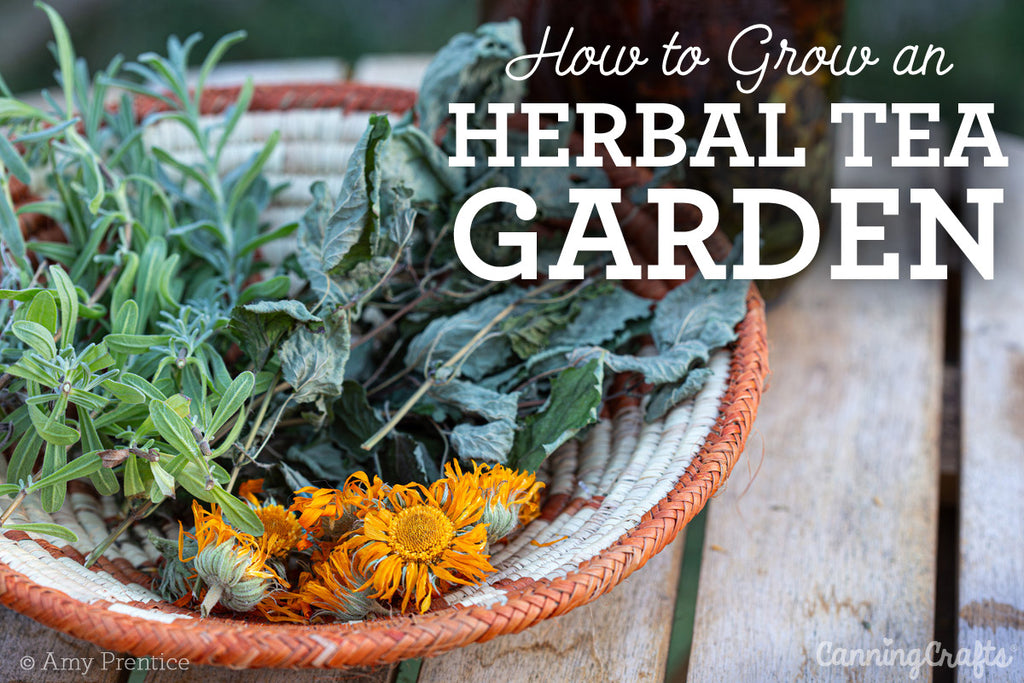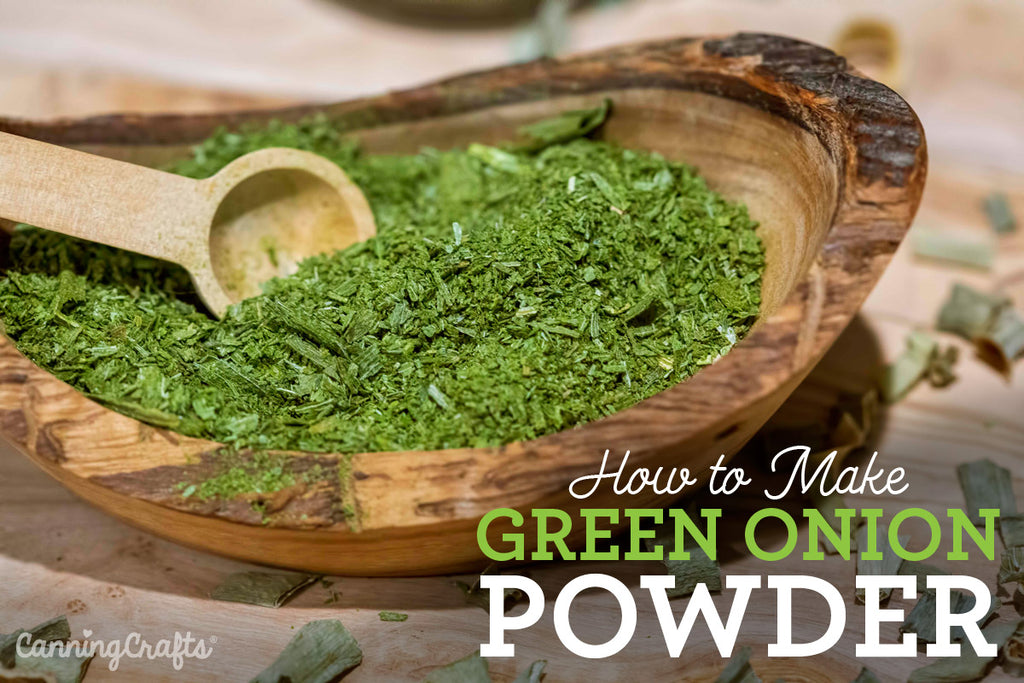My Love-Hate Relationship with Cilantro
06. August 2019We’re thrilled to have a new guest blogger, Amy Prentice. Amy is a marketing manager whose first love is gardening and nature photography. She gardens in a small suburban backyard in Northeastern Oklahoma (AKA Green Country). Her favorite things to grow and preserve are herbs and peppers. Her dog, Scarecrow, loves to help out in the garden by stalking bunnies and eating as many tomatoes as she can get away with. Follow Amy on Instagram.

I want to love cilantro. I really do. Growing herbs is a huge passion of mine. I grow herbs for cooking, for creating herbal tea blends, for supporting pollinators, and for adding fragrance and beauty to my garden. I grow a huge variety of herbs in my little backyard garden. I tried to count up all the varieties I have grown this year, and I lost count after twenty or so. I rarely meet an herb I don’t adore, but cilantro is the exception.
Most people I know love the taste of cilantro and pile it on their tacos or add tons of it to their salsa. But I cannot stand it! Even walking by it in the garden, I detest the smell it puts off. I learned several years ago that there is a scientific reason for this hatred of cilantro. Studies have revealed there may be a gene that is responsible for a person's sensitivity to a chemical called aldehyde which gives cilantro its distinct flavor. I also learned that there are other haters out there. It's not just me. The website IHateCilantro.com is dedicated to how awful cilantro is. Even Julia Child hated cilantro and said in an interview once, "I would pick it out if I saw it and throw it on the floor."
Despite my aversion to the flavor, I do grow this herb for other reasons and include it every year in my herb garden. Here’s why.

Cilantro Seeds - AKA Coriander
Note: In many cultures, the word "coriander" refers to the entire plant, but in North America many refer to the plant as "cilantro" and the seeds as "coriander." Cilantro is the Spanish word for coriander. So for the purposes of this article, I will refer to the leaf as cilantro and the seed as coriander.
The number one reason I continue to grow cilantro is that it bolts and goes to seed fast in my hot zone 7 garden. Fast bolting is not an advantage you often think of when growing a plant. But with cilantro, those seeds are the delicious spice we know as coriander. And while the flavor and scent of cilantro leaves makes me gag, the flavor of crushed coriander is different. The seeds have this unique warm, spicy citrus flavor that's hard to describe, but anytime I taste coriander in a dish, I instantly recognize it. I use this seed in my cooking all the time.

The seeds are easy to harvest. After the plant bolts, flowers will appear. A short time later, the flowers will start to form small, round green pods. These pods are the seeds. Once my cilantro plants form seeds and the seeds turn brown, I collect them by shaking them into a paper bag or large bowl or by stripping the seeds off the stems with my fingers. I pick out as many stems as possible, and sift the seeds in a handheld sifter to knock off dirt and debris. Then I collect the seeds to store whole in cute little jars labeled with the CanningCrafts herb and spice jar label collection.

Bottle shown with Vintage Herb & Spice canning labels.
When I am ready to use the seeds, I toast them whole in a warm, dry pan and then crush them with a mortar and pestle. Grinding them into a powder using a spice or coffee grinder also works well.

They don't have to be toasted to be delicious but it does give it more depth of flavor. Coriander is wonderful for Asian, Indian, and Mexican food recipes as well as on roasted vegetables, grilled meat, and in soup. The whole seeds are also part of my pickling spice I use in my homemade pickles. Of course, I always save some of the seeds to replant cilantro in late summer for a fall crop or to plant the next spring. Simply harvesting the seeds will also drop enough on the ground that I usually have plants sprout on their own without any effort on my part.

Cilantro Flowers
Another reason I love to have cilantro growing in the garden is for its flowers. Cilantro is a cool season herb, so it does bolt fast in warm climates. But before it goes to seed, it makes these gorgeous umbels of small, delicate white flowers.
Cilantro flowers not only add beauty to the herb and vegetable garden, but they also attract many pollinators. If you want to attract bees to your garden, try flowering herbs. Some of the smallest little bees I have ever seen were visiting the cilantro flowers in my garden. On a warm sunny day, a flowering cilantro plant is buzzing with bees, flies, and other tiny pollinators.
The flowers also look great in a cut flower bouquet. When I go out to the garden to harvest fresh flowers to display in my home or office, I always include herbs as part of the bouquet. Herb leaves add interesting foliage, and if the herb is flowering, that's a bonus! This is especially true with flowering cilantro. The small white flowers of a blooming cilantro plant add a great filler to a cut flower bouquet. It reminds me of the baby’s breath that flower shops use in their bouquets.
Well, that sums up my love-hate relationship with the herb cilantro. Of course, there is the advantage of growing something in your garden simply because others in your family love it. My husband is a huge cilantro fan, so that's why I started growing it in the first place. Discovering the other aspects of this plant was a bonus. And while I will admit to picking it out of my food at restaurants and putting it on my husband's plate, I may or may not have also thrown it on the floor a time or two. Julia may have had the right idea about that!
Read our other blog post on how to make Flavor Infused Vinegar and get our FREE Printable Hang Tags.
Read our other blog post on how to Grow and Create Your Own Italian Seasoning Blend.
Read our other blog post on How to Grow an Herbal Tea Garden

Read our blog post on How to Make Green Onion Powder
Shop for herb & spice jar labels in our shop.
Looking for more info on growing, drying, & cooking with herbs? Follow our NEW Herb Gardening Tips & Recipes Pinterest Board.
ADDITIONAL READING & REFERENCES
- https://ihatecilantro.com/whatgives.php
- https://www.forbes.com/sites/lesliewu/2018/02/28/why-genetics-may-be-the-reason-you-hate-cilantro/#606e71ef5206
- https://www.nature.com/news/soapy-taste-of-coriander-linked-to-genetic-variants-1.11398
- https://www.apnews.com/4f463faa327e4b8285c4834bc9559392
Sign up for our newsletter to get free printables, gardening tips, herb gardening tips, recipes, product updates, & a 10% off coupon on your first order of canning labels in our shop.
Do you have an herb garden? What are your favorite herbs to grow and use?













Comments (2)
Thank you for the great article! I learned a great deal.
I recently learned that Cilantro is quite helpful in detoxifying heavy metals from the body and perhaps that’s why you don’t like it. I didn’t like it at first either but as my heavy metal load has decreased I’m liking it more and more. My favorite is to make a pesto in a food processor with cilantro walnuts olive oil garlic lemon juice and sea salt.
Ha, I knew I wasn’t the only one! I employ coriander/cilantro seed in all sorts of ways, from curries, soups and baking, to several types of home-made liqueur. The leaf though, oh Lord do I despise it. To me, both cilantro’s taste and its smell are utterly repellent; the smallest hint renders a salad inedible (and cooking only makes it worse).